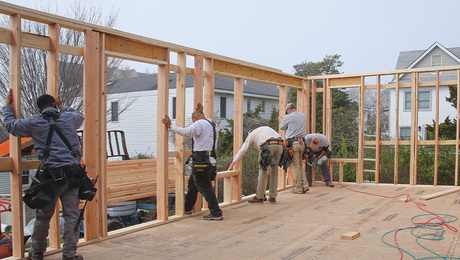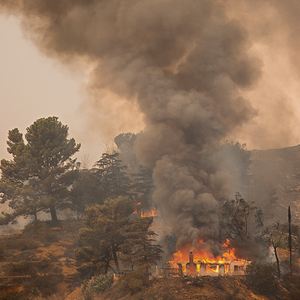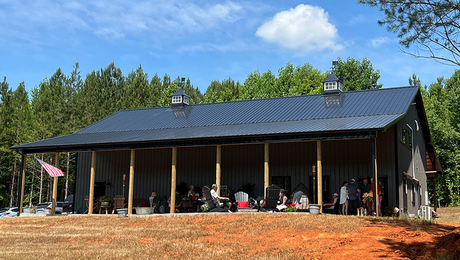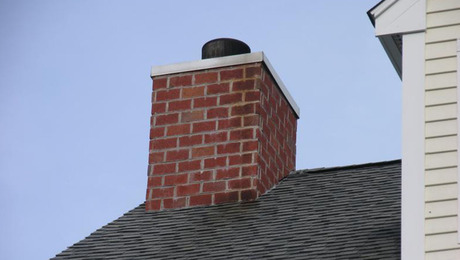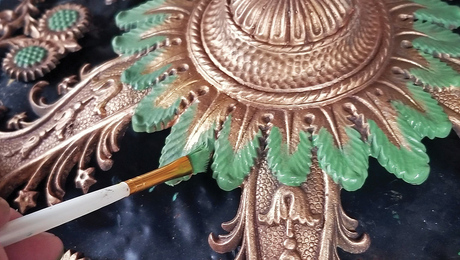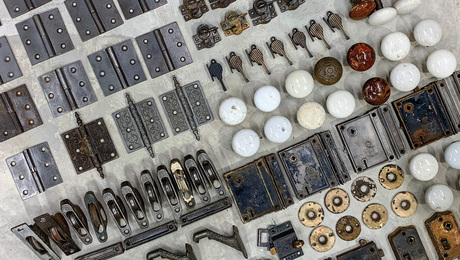Q:
I have a concrete swimming pool built in the early 1930’s, and regular maintenance involves patching spalls and filling cracks. I use a portland-cement and masonry-sand mixture on the thinner patches and a regular 3:2:1 (three parts sand, two parts portland cement and one part lime) or 3:2.5:1 mixture on the larger, deeper repairs. Are there any products or techniques that would work better and last longer?
Bruce Tesi, Buckeye Lake, OH
A:
Veteran concrete-pool technician James Maher of J&J Pool and Concrete Service in Newtown, Connecticut, replies: My process for such repairs begins with the demolition of the “dead” areas using a portable electric chipping hammer, which is similar to a small jackhammer. I chip out 1 in. to 2 in. beyond the deterioration, removing suspect material and exposing sound concrete. Then I clean the patch area with compressed air or water.
Prior to patching, I mix a slurry of portland cement and water to a pancakelike consistency. I paint this slurry over the entire patch area, using a paintbrush or mason brush. The slurry helps the patching material bond to the old concrete. Then I apply the patching material while the slurry is still wet. If the slurry dries before I can patch the area, I apply another coat of slurry and immediately apply the patch.
There are numerous patching materials. I use Thoro Crete (Thoro Systems), but Quickcrete also makes fine patching material. A local masonry store should be able to help you find quality products if your current mix is failing. I do not recommend using sealants or curing agents on the patches. They may inhibit or prevent bonding of the paint.
With deep patches, several thin applications are better than one thick application. As a single- thick application dries, it tends to sag and pull away from the old concrete, which I call a delamination. If you see a delamination, it’s a sign that several thinner applications are necessary. These involve applying the slurry, then troweling on the patch material to a depth of no more than 2 in. After letting the patch cure for 24 hours, I apply another slurry coating and another layer of patching. Once the final patch layer has nearly dried, I blend it to the existing surface with a sponge float or wood float and water. Floating gives the patch a little texture and knocks down any rough edges.
